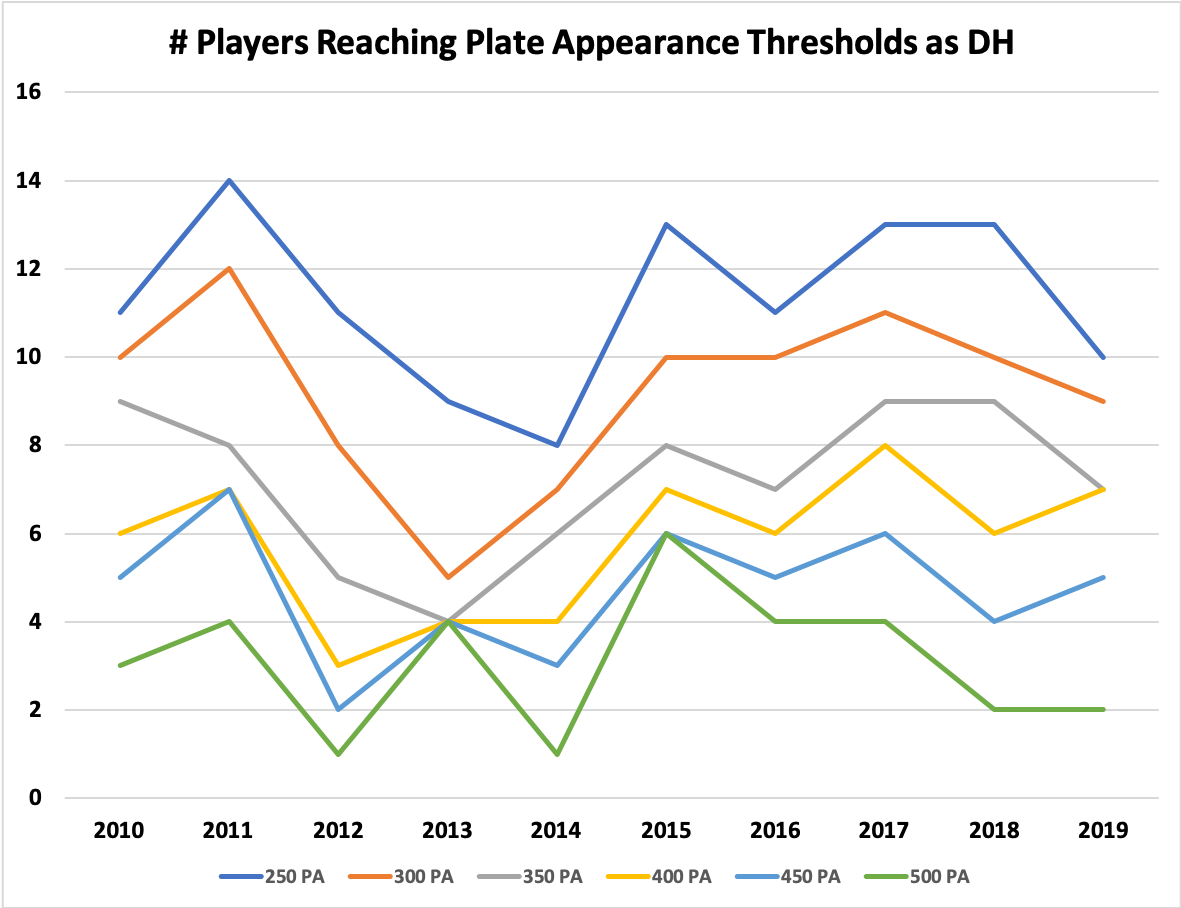Last week, conflicting reports regarding the state of Major League Baseball’s ongoing effort to contract and realign the minor leagues surfaced. While Baseball America’s J.J. Cooper and the Associated Press both reported that MLB is nearing an agreement with Minor League Baseball that would result in the loss of 42 affiliated teams, MiLB countered with a statement disputing the accuracy of the reports. Regardless of exactly where things stand in the negotiations, particularly with the COVID-19 pandemic endangering the entirety of the 2020 minor league season, some thinning of the herd appears likely.
While I’ve lived in New York City for 25 years and attended hundreds of Yankees games and dozens of Mets games in both recreational and professional capacities, I grew up on minor league baseball, primarily in Salt Lake City, where I lived from 1973-88 (and where my parents still reside), and Walla Walla, Washington, where my paternal grandparents lived and where I visited for several summers in the late 1970s and early ’80s. Thus I’m all too familiar with the pain that comes from a city losing its minor league affiliate — and two of the 42 teams reportedly on the chopping block hit close to home, both my current one and the one of my youth.
When I began attending games circa 1977-78, the Salt Lake Gulls were the Triple-A affiliate of the California Angels, and part of the storied, high-scoring Pacific Coast League. They featured future big leaguers like Willie Aikens, Rance Mulliniks, and Dickie Thon, all of whom Angels general manager Buzzie Bavasi made sure to trade away for aging veterans (not without some success), a pattern that continued through the remainder of the two teams’ relationship. While I had no affinity for the big club, I enjoyed following the careers of the aforementioned players and their successors, like Tom Brunansky and Brian Harper, as they fanned out across the majors.
My father would take my brother and me to a few Gulls games each year — often against the Albuquerque Dukes, the Dodgers’ Triple-A team and therefore of considerable interest in our household — and highlights from those games still stick out, particularly from 1979, the year they won the PCL championship. In one game we attended, Ike Hampton, a catcher-turned-designated hitter who clubbed 30 home runs for the Gulls that year, bookended a 17-inning epic with a pair of homers, though I was safely tucked in bed by the time the latter landed. In another game, Floyd Rayford, a third baseman whom Earl Weaver later used as a backup catcher, mashed a dramatic eighth-inning three-run homer that turned a 4-2 deficit into a 5-4 lead, creating pandemonium; we could have turned cartwheels all the way home. Once my fascination with baseball statistics had begun, I’d pore over the Gulls’ daily box scores and update a hand-kept stat sheet, annexing my mother’s pocket calculator to figure out batting averages and ERAs. A few years later, I’d even apply rudimentary Bill James formulas to calculate runs created, though this involved some guesstimation when it came to counting walks via a standard four-numbered box score (AB R H BI). Read the rest of this entry »

